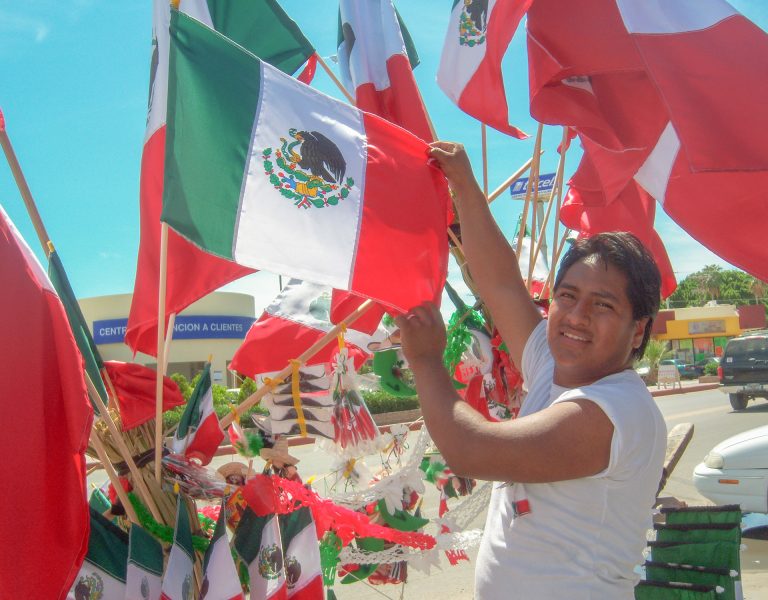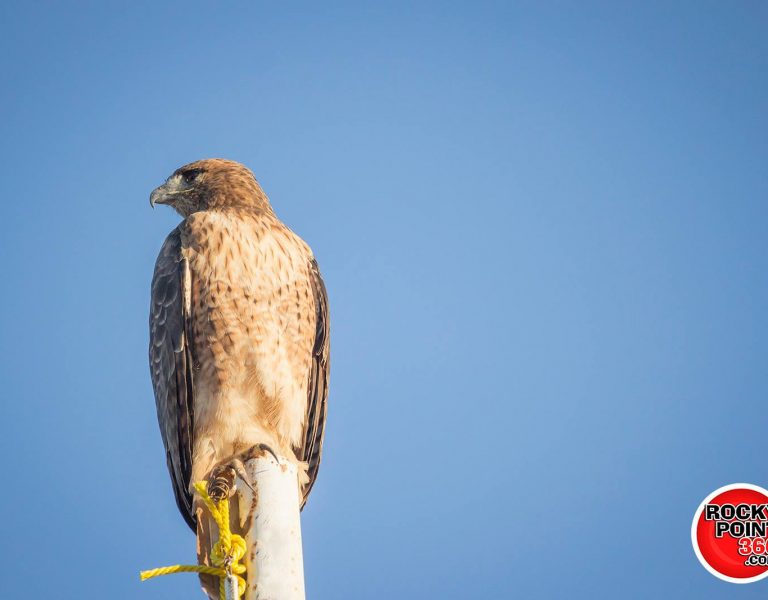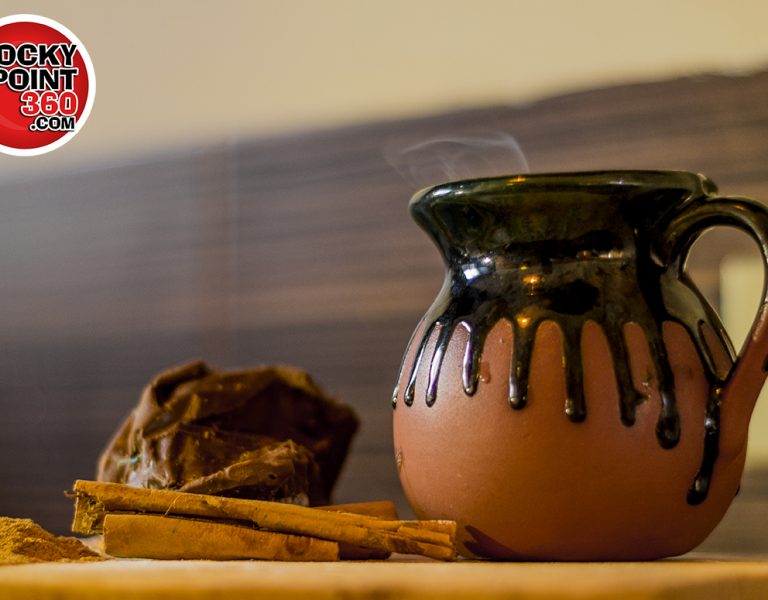A meteor shower is ideal for this cozy December season. Away from city lights, without the moon brandishing its fullness, the sky becomes a monumental galactic work of Jackson Pollock - colors, lights, constellations and stars crisscrossing the celestial dome, transforming the night into one of the most marvelous natural spectacles. It’s like having a window into another world, an ensemble of meteors entering the earth’s atmosphere at outstanding speed, which, thanks to friction, ignite and become the iconic falling stars we find ourselves wishing upon. The Geminid meteor shower is expected to last from Dec. 4th – 16th, with the nights (or rather early hours of the morning) of Dec. 13th and 14th highlighting the most activity and visibility, taking advantage as well of the moon in its first quarter. The Geminid meteor shower consists of moderate speed meteors from a radiant of the Gemini constellation, having been created by the Phaethon asteroid (though this asteroid is thought
to be an extinct comet whose particles were ejected centuries ago, which in effect is a very interesting story). For many astronomers, the Geminid meteor shower is one of the most spectacular with approximately 120 meteors per hour, a remarkable streak indeed. So, it would be ideal to be prepared to catch this December show: chairs, blankets, hot drinks, and – thanks to technology – it’s ever easier to capture a memory; sufficing a smartphone with a minimum of 12 megapixels. The first step is to know where to look, or in this case locating the Gemini constellation at coordinates: right ascension 7h28m, declination +32,2°. If you’re not sure how to find the constellation, there are plenty of apps out there to help, such Star Walk 2 - which identifies stars, planets and constellations in real time – and Sky Map Devs, which is quite simple, not to mention the app from NASA. Second step, it’s important to set up a…


